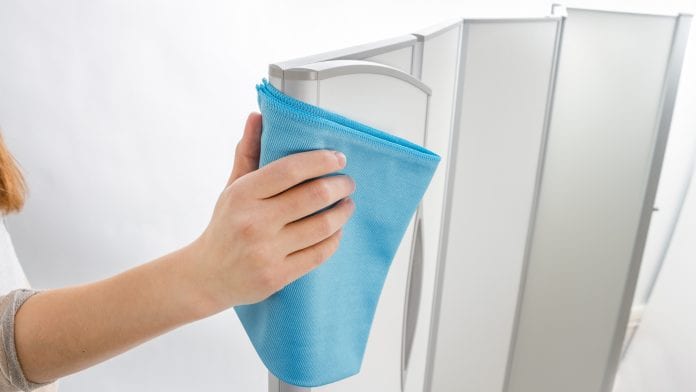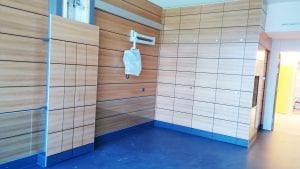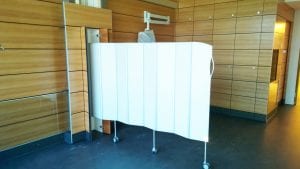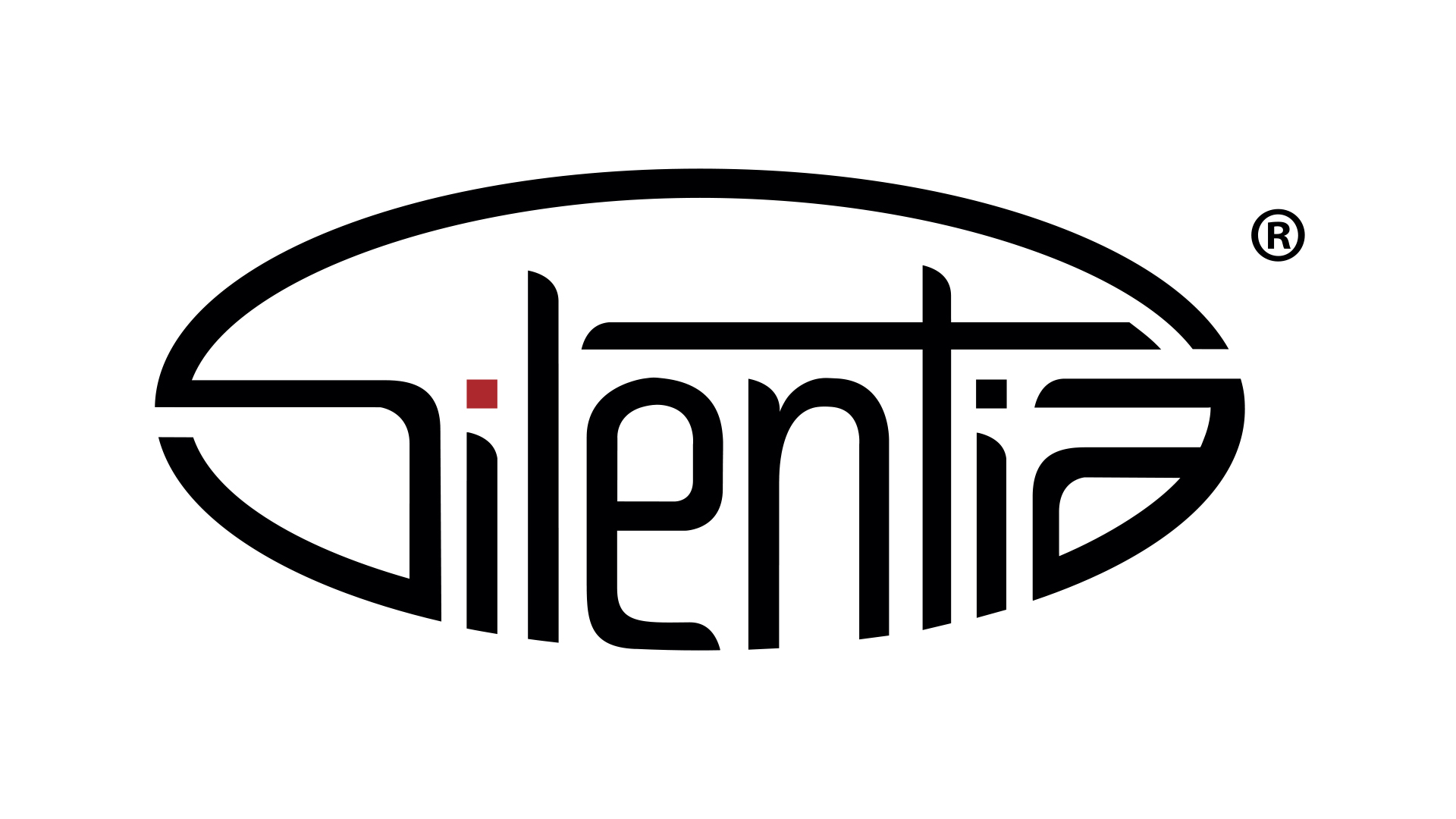
Hospital screens must be extremely hygienic to avoid infection spread.
Dag Göranson, President of Silentia AB, explains which important product features you should ask about to select the best screening solution to help keep staff and patients safe.
The process of acquiring hospital privacy screens can be a major task. Effective patient care requires a well thought out privacy screen solution. But how can organisations choose the most hygienic and flexible hospital privacy screens on the market? To ensure medical organisations are selecting the best possible solution for their environments, the following six questions can be used as a guide when purchasing hygienic hospital screens.
Do the privacy screens live up to all requirements for hygiene and daily cleaning?
The most important question to ask the supplier relates to hygiene. Patients and staff are at high risk from infection if the surfaces of hospital screens are left to accumulate bacteria. Privacy screens must therefore be easy to clean instantly if spots and stains occur. It is important to ensure the screens are easy to implement in the daily cleaning routines and can be cleaned in place without any extra, troublesome, time-consuming handling. Ask for screens with materials and handles that withstand all disinfectants used in care settings.
Also ask for recessed hinges and wheels that keep dirt and dust out and are easy to remove for cleaning. In other words when it comes to hygiene: If you cannot clean it properly, do not buy it!
Do the screens help patients relax and feel at ease?
It is important to ask for a privacy screen system with a wide range of heights, lengths, and mounting combinations. Patients are often in uncomfortable and vulnerable situations, and the privacy screens should meet their needs. For instance, patients who need calm and no disturbances will benefit from tall screens that go all around the bed. Patients in an open ward need screens to divide between beds, and with a height that lets the staff see the patient when passing. Pleasure is also important: a great way to bring life into any healthcare setting is by using colours and images. Studies show that images can stimulate positive thoughts and relieve stress and pain. Make sure that you can get screens in a wide range of colours, with artistic panels, or printed pictures to create a more positive setting for the patients and staff.
Do the screens mount easily and complement daily routines and tasks?
Hospital privacy screens must not get in the way of equipment attached to the walls, ceiling, or mobile equipment on the floor. Ask for a privacy screen solution that is flexible and allows patients, staff, and porters to be able to move around easily. Ask for a screening system that is designed to take up as little space as possible without obstructing ceiling hoists and other equipment. Check that the screens are easily mounted on a wall or wall rail – or a floor pole if wall mounting is not possible. Make sure that you can get a wide range of combinations with mobile screens and bed-end screens to ensure flexibility. It is also important that the screens are ergonomically designed, lightweight, stable and easy to handle.
How will the solution contribute to our professional standards?
It is important to choose an experienced supplier who has developed a whole patient screen system that combines functionality with quality design and improves working conditions for staff. An experienced supplier is one that keeps developing new solutions to meet future needs. Talking about product economy is important. Ask for privacy screens with a long technical lifetime, ten years or more. Sustainable procurement focuses on maintaining and reusing equipment as much as possible, rather than just replacing it. If a product is impossible to repair or too expensive to maintain do not buy it.
How do we make sure that the solution is future proof?
Things change and there are always unforeseen circumstances that can affect your privacy screen solution. For instance, if your department is being moved, rebuilt, or relocated, or you need to make room for extra equipment around the beds. So, always ask for a flexible, futureproof solution. Many hospitals have single-bed rooms and why not redesign these rooms to be flexible for two patients, in special situations when there is a sudden need for extra beds?
Can we get a demonstration before deciding?
The screens may look good in pictures but will the solution work well in practice? You should always ask for a demonstration at your ward. Let the staff see and try the various options. You must be able to test the different screens and see if they work well in practice. Furthermore, ask for virtual demonstrations and online 3D modelling for the specific projects, and if the supplier provides a free online 3D tool with their products, so you can try different solutions yourself.
Flexibility to convert single rooms to double rooms for more patients
One thing COVID-19 has taught us is that we must be more flexible when it comes to bed capacity. Such as being able to convert single rooms to double rooms to make space for additional patients and keep a high level of hygiene. The folding screen in the cabinet (pictured) is not visible but makes it easy to convert the room to a double room in just ten seconds. The solution is well thought out in every detail by Silentia, architects, staff and project management at the hospital.


This article is from issue 17 of Health Europa. Click here to get your free subscription today.

























